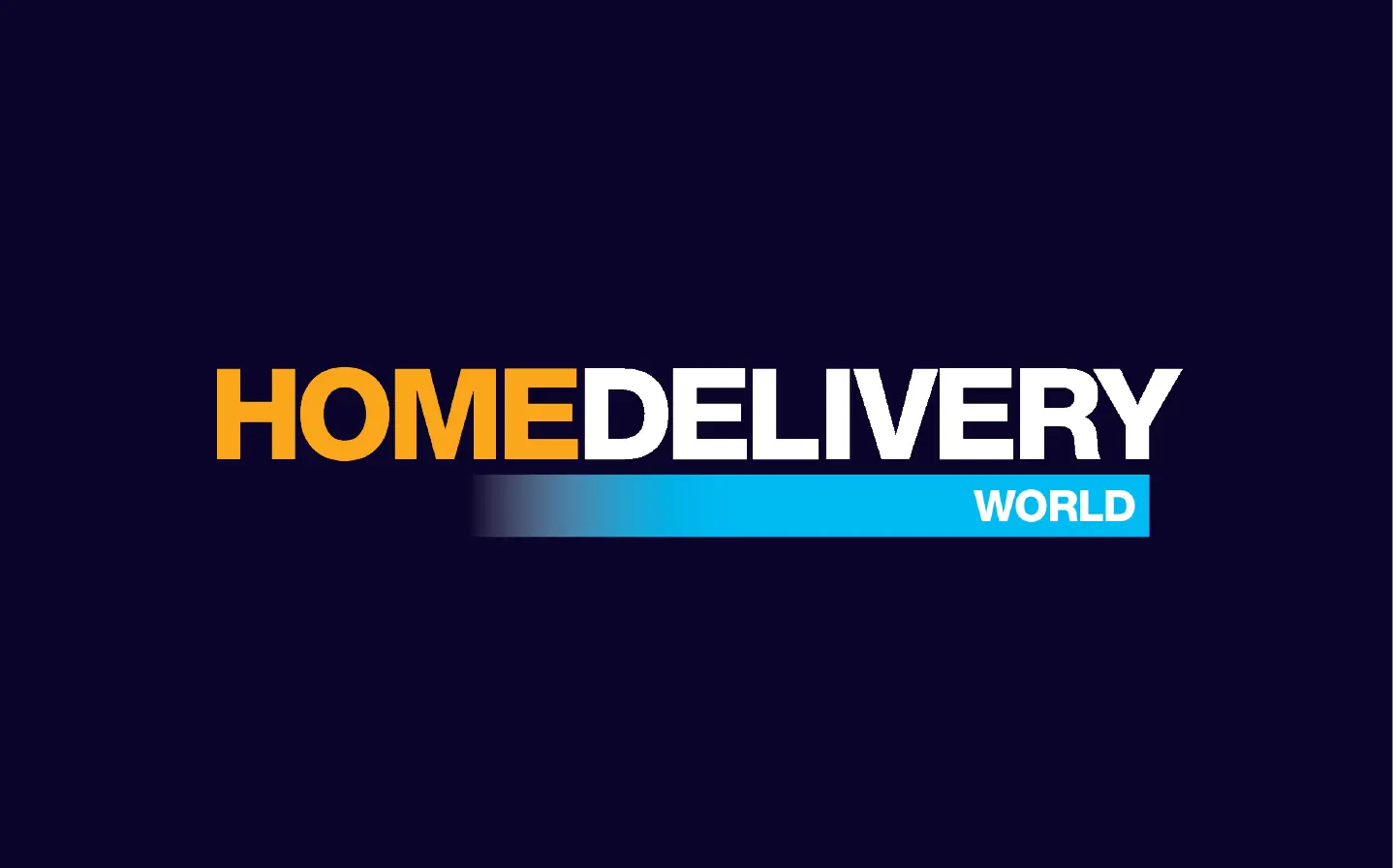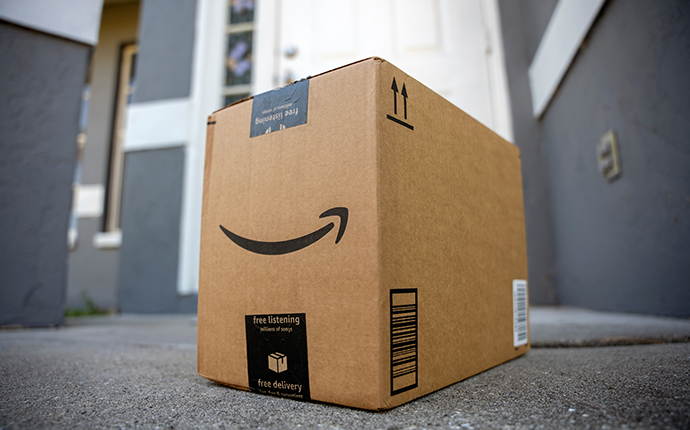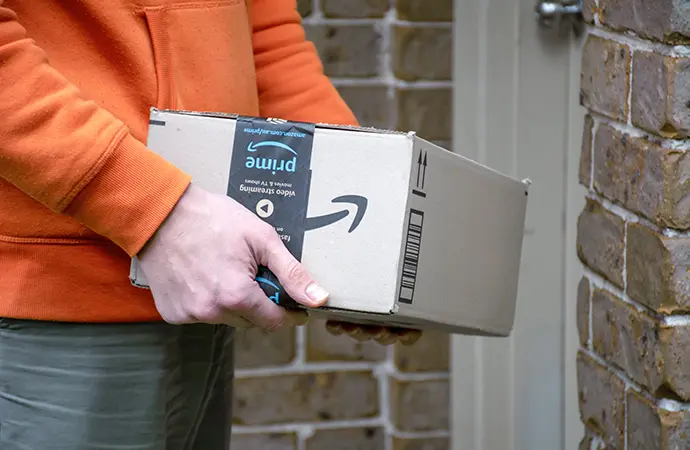What Is Logistics Planning?
Logistics planning is a planning process that helps businesses achieve their logistics objectives, gain competitive advantage, and improve customer satisfaction.
It involves designing plans to help organizations achieve the 7 “rights” of logistics, to deliver the right product, in the right quantity and the right condition, to the right place at the right time for the right customer at the right price.
Supply chain managers use logistics planning to predict customer demand and implement strategies to deliver the expected value to customers. Logistics planning also helps organizations minimize risks by forecasting changes in the business environment and developing strategies to adapt.
In this article, we’ll review the importance of logistics planning for organizations and shippers and discuss some of the ways this strategy can add value to your business.
Are you lacking a strong logistics strategy? Sifted Logistics Intelligence can help simplify logistics for your business.
Why Logistics Planning is Important
According to a 2020 study, 48% of business strategies fail due to poor implementation. The successful implementation of a logistics strategy greatly depends on proper logistics planning.
Let’s dive deeper to learn how logistics planning helps businesses turn obstacles into opportunities.
Create Long-term Goals
Logistics planning can help your company set and achieve long-term business objectives, whether it’s effective supply chain management or customer satisfaction. A long-term planning approach also helps to prepare your business for sudden or unexpected problems by building a resilient supply chain.
In logistics, a long-term objective requires many smaller, short-term milestones. These milestones break the “big picture” into bite-sized tasks. You may have to reach a few short-term milestones before the long-term goal. For example,
- Achieving customer loyalty requires that you improve order fulfillment and maintain customer satisfaction
- Improving inventory management requires that you keep optimal inventory levels
- Optimizing order processing requires that you improve procurement and physical distribution of goods
Determining your company’s long-term objectives allows you to set goals for your future growth and make better decisions about managing your logistics operations.
Reduce Supply Chain Costs
Modern supply chains are complex and widespread, making it difficult for logistics managers to minimize costs and increase profitability.
Logistics planning helps organizations get clear visibility into different logistics processes by analyzing historical data and trends. Supply chain managers use these insights to identify points resulting in money loss at each stage, namely material handling, inventory management, warehousing, order processing, and transportation. Once managers identify the causes of money loss, they can plan and implement strategies to improve financial performance. For example,
- Reduce physical distribution costs by comparing the prices of different distributors
- Minimizing labor costs by automating order fulfillment operations
- Cutting down operating costs by implementing continuous route optimization
Meet Customer Expectations
Customers expect their packages to arrive as soon as possible, largely in part due to retail giant Amazon offering same-day delivery. Similarly, online shoppers are less likely to buy from a brand if they can get the same product for a lower price elsewhere. As a result, logistics and transportation professionals are under pressure to keep up with customer demand and minimize disruptions.
Effective logistics planning helps companies meet rising customer expectations cost-effectively. Even though you may not be able to compete with Amazon’s cheap and fast shipping, you can take the time to find out what your customers really want and fine-tune your product offering accordingly.
Agile organizations regularly conduct surveys to get to know their audience. This helps them to better understand their customers’ existing and changing requirements and devise strategies to meet their expectations before their competition. For example,
- Providing the right product delivery options that their customers want, like same-day delivery, by allowing customers to pick up their orders from your physical store
- Giving free shipping options to customers that choose ground delivery instead of more expeditious options
- Providing SMS and email notifications that update customers about expected delivery slots
- Offering contactless delivery and payment options to protect their customers and employees
Improve Resiliency
A good logistics strategy enables an organization to bounce back from setbacks, adapt to market changes, and develop strategies to mitigate supply chain risks.
Logistics managers use historical data and technological tools to identify patterns in markets and customer demands, carrier capacity constraints, and inventory shortages. This information helps them predict risks weeks and months in advance and find solutions by planning and testing different scenarios. For example,
- Optimizing inventory levels based on past data and upcoming events (such as peak season)
- Hiring a 3PL (third-party logistics company) to circumvent carrier capacity constraints
Tips for Upgrading Your Logistics Planning
Logistics planning enables businesses to meet customer demand and achieve growth. Here are some of the ways you can implement logistics planning in your business.
1. Invest in Logistics Intelligence Software
A logistics intelligence software can help you streamline your organization’s logistics functions by offering simulation and automation capabilities. For instance, you can integrate your barcode scanning software with an intelligent logistics system to monitor levels in real-time and receive insights about when to restock inventory, procure raw materials, and peak season readiness.
Similarly, logistics intelligence software measures the success of your strategic plan by analyzing relevant KPIs (key performance indicators). You can use these insights to get greater visibility into your supply chain operations and enhance performance.
In addition, these applications use AI prediction technology to improve the efficiency of your logistics network by evaluating alternative scenarios to existing procurement, manufacturing, operations management, inventory management, transportation, and distribution processes. As a result, you’ll be able to make better-informed decisions that result in improved profitability and scalability of your business.
Sifted Logistics Intelligence offers tools for shippers to make informed decisions by tracking logistics KPIs, including transit time, package count, and shipping charges.
2. Distribute Inventory Across Multiple Locations
Distributed inventory is a logistics strategy in which inventory is stored in and shipped from multiple warehouses and distribution centers.
A distributed inventory plan allows shippers to fulfill orders from warehouses located closer to their customers’ location. This approach allows businesses to reduce shipping costs and delivery times, which improves customer satisfaction and competitive advantage.
Modern warehouse management systems enable you to easily plan and manage inventory across multiple locations and automatically identify the optimal distribution center to complete a customer order.
3. Forecast Demand to Meet Higher Expectations
Demand forecasting is a supply chain predictive analytics technique that uses historical data and available information to predict future outcomes.
Logistics managers use demand forecasting by analyzing past data related to market and customer demand, and supplier and carrier capacity to identify patterns in pricing, sales, costs, etc. This information helps them foresee upcoming supply chain risks and change customer expectations before their competition. As a result, businesses can timely prepare for and respond to challenges from inventory control and diversifying suppliers to contract management and insuring parcel deliveries.
4. Implement a Carrier Mix
UPS and FedEx are two of the largest shipping companies used by North American shippers to deliver orders to their customers. Both these carriers annually announce shipping rate increases and revise their surcharge rates. In addition, they use the dimensional weight pricing technique to charge higher fees for larger, lightweight packages.
By developing a carrier mix of regional-based and national postal carriers, you can offer cheaper delivery options to your customers while avoiding many major carrier surcharges. In addition, this approach helps you circumvent carrier capacity constraints during the peak season.
Choose Sifted for Improved Logistics Planning
Logistics planning helps businesses achieve their logistics objectives. Successful logistics strategy and planning are essential for gaining a competitive advantage and improving customer satisfaction.
Sifted Logistics Intelligence gives shippers complete visibility into their shipping data in one place. It streamlines logistics management and helps you optimize costs by simulating shipping decisions before you commit a dime to them.
Ready to optimize your logistics operations? Get a free demo from Sifted!











